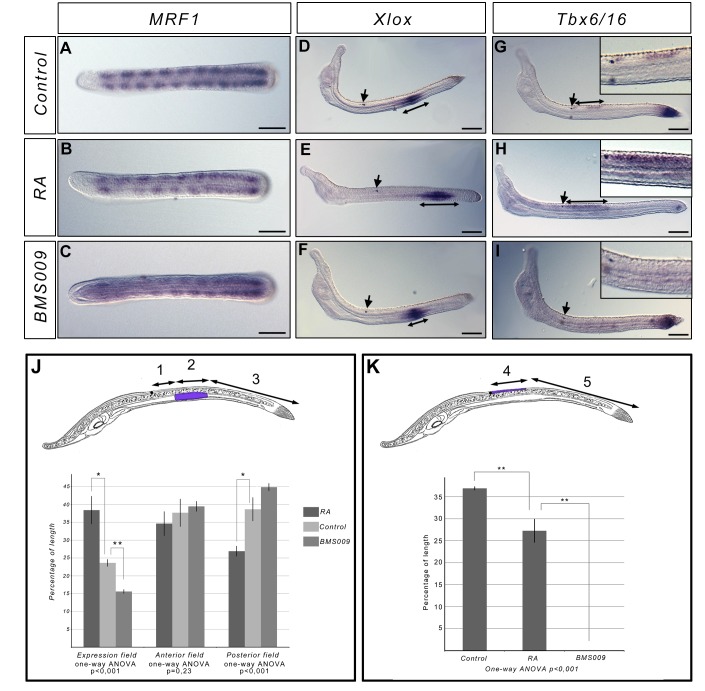Fig 2. Interfering with RA signalling during posterior elongation does not affect somitogenesis.
Expression of MRF1 in L0 stage control embryos (A), and in embryos treated at the N3 stage with RA (B) or BMS009 (C) (dorsal views, anterior to the left). The expression shows that the number of formed somites is identical in treated and control embryos. Expression of Xlox and Tbx6/16 in L3 stage control embryos (D, G), and in embryos treated at the N3 stage with RA (E, H) or BMS009 (F, I) (side views, anterior to the left). The arrows indicate the position of the pigment spot. The double arrow lines indicate the size of the domain expressing Xlox or Tbx6/16. Enlargement of the photograph at the level of the pigment spot is presented for Tbx6/16 in situ hybridization on the top left of the panels. Scale bars = 50μm. Morphometric analysis of the expression domains of Xlox (J) and Tbx6/16 (K). Schematic larva with the domain of expression highlighted in blue-violet are presented (side view, anetrior to the left). (1) corresponds to the length of the embryo, posterior to the pigment spot, without Xlox expression. (2) corresponds to the length of the embryo with Xlox expression. (3) corresponds to the length of the posterior field of the embryo without Xlox expression. The percentage of the length of the field with Xlox expression was calculated as 2/(1+2+3)*100, the percentage of length of the anterior field without expression as 1/(1+2+3)*100 and the percentage of length of the posterior field without expression as 3/(1+2+3)*100 (J). One-way ANOVA analysis indicates that the the means of the percentage of length of the field with Xlox expression between the three conditions (control embryos, RA-treated embryos and BMS009-treated embryos) are significantly different as well as the means of the percentage of length of the posterior field without expression of Xlox (J). (4) corresponds to the length of the field posterior to the pigment spot showing Tbx6/16 expression. (5) correspond to the length of the posterior field of the embryo without Tbx6/16 expression. The percentage of length with Tbx6/16 expression was calculated as 4/(4+5)*100 (K). One-way ANOVA analysis indicates that the the means of the percentage of the length with Tbx6/16 expression are significantly different between the three conditions (control embryos, RA-treated embryos and BMS009-treated embryos). **P<0.005 (corrected p-value); *P<0,025 (corrected p-value); t-test, n = 3 embryos. Error bars indicate s.e.m.

